Home>Gardening & Outdoor>Landscaping Ideas>How Long After Applying Roundup To Plant Grass Seed
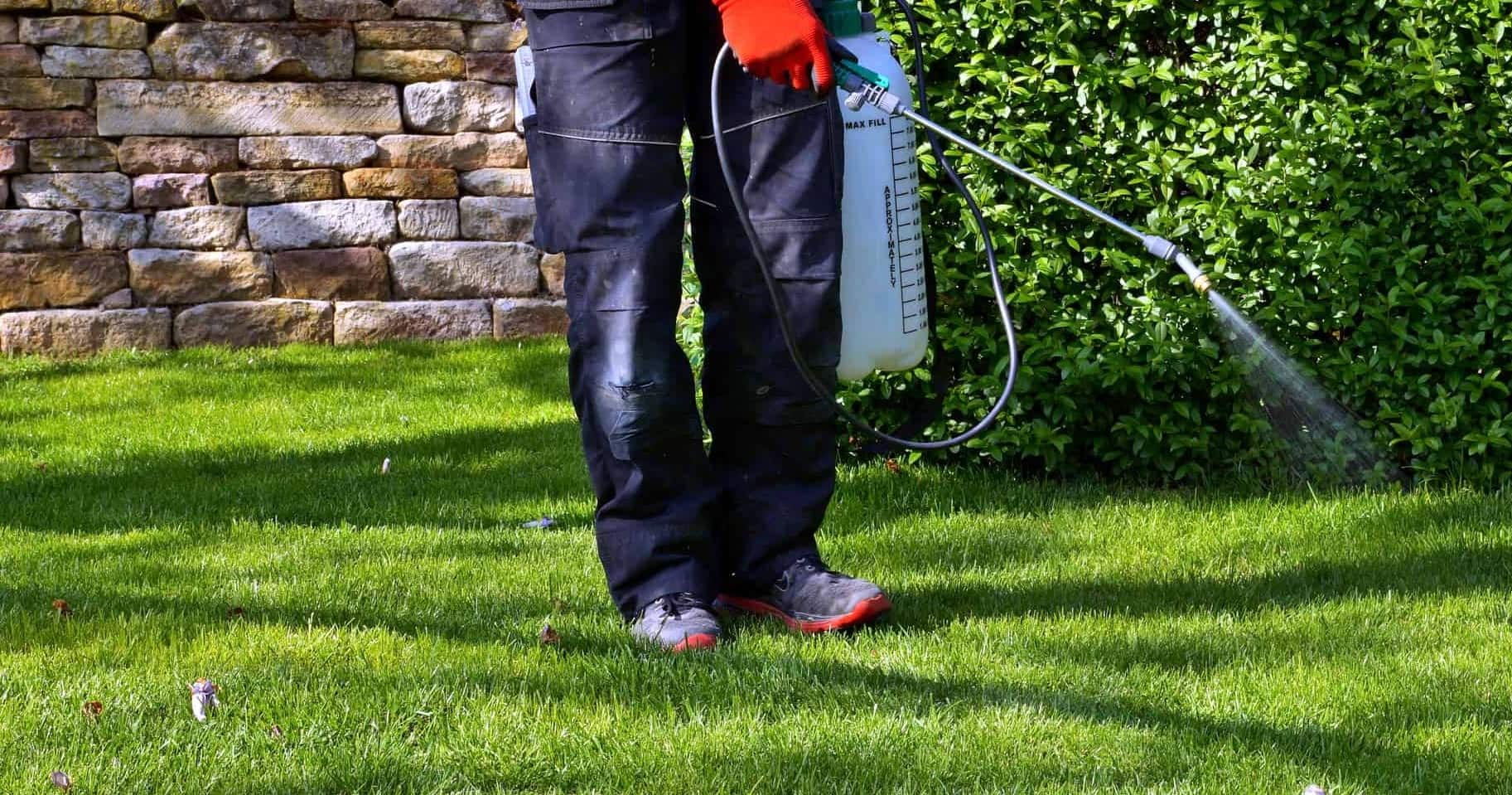

Landscaping Ideas
How Long After Applying Roundup To Plant Grass Seed
Modified: March 6, 2024
Learn the best landscaping ideas for planting grass seed after applying Roundup. Discover the ideal timing and tips for successful lawn care.
(Many of the links in this article redirect to a specific reviewed product. Your purchase of these products through affiliate links helps to generate commission for Storables.com, at no extra cost. Learn more)
Introduction
When it comes to achieving a lush and vibrant lawn, the journey often begins with the application of herbicides such as Roundup. However, the process doesn’t end there. In fact, it’s just the beginning. One of the most common questions among homeowners and gardeners is how long they should wait after applying Roundup before planting grass seed. This crucial timing can significantly impact the success of your lawn revitalization efforts.
Understanding the interactions between Roundup and grass seed, as well as the factors influencing the timeframe for planting seed after herbicide application, is essential for ensuring the best possible results. In this comprehensive guide, we will delve into the intricacies of this process, providing valuable insights and practical tips to help you achieve a thriving, green lawn.
Key Takeaways:
- Wait at least seven days after applying Roundup before planting grass seed to ensure the herbicide breaks down. Factors like application rate, soil composition, and grass species sensitivity influence the waiting period.
- Prepare the soil, choose resilient grass species, and monitor environmental conditions for successful grass seed planting after using Roundup. Consistent care and proper seeding techniques are crucial for a thriving, vibrant lawn.
Understanding Roundup and its Effects on Grass Seed
Roundup, a widely used herbicide, contains glyphosate as its active ingredient. When applied to weeds and unwanted vegetation, glyphosate works by inhibiting an enzyme essential for plant growth, ultimately leading to the demise of the targeted plants. While Roundup is highly effective in controlling weeds, its impact on grass seed must be carefully considered.
When grass seed is sown in an area where Roundup has been applied, the herbicide residue can potentially hinder the germination and growth of the new grass. Glyphosate, although designed to target specific enzymes in broadleaf plants and grasses, has the potential to remain active in the soil for a certain period after application. This residual presence of glyphosate can pose a challenge for newly planted grass seed, affecting its ability to establish and thrive.
It’s important to note that the impact of Roundup on grass seed can vary depending on factors such as the application rate, timing, and environmental conditions. Additionally, different grass species may exhibit varying levels of sensitivity to glyphosate, further influencing the potential effects of the herbicide on newly planted grass seed.
By gaining a deeper understanding of how Roundup interacts with grass seed, you can make informed decisions regarding the timing of grass seed planting after herbicide application. Furthermore, being aware of the factors that influence the herbicide’s persistence in the soil will enable you to optimize the conditions for successful grass seed establishment.
Factors Affecting the Timeframe for Planting Grass Seed After Applying Roundup
Several crucial factors come into play when determining the optimal timeframe for planting grass seed after applying Roundup. Understanding these factors is essential for making informed decisions and maximizing the success of your lawn revitalization efforts.
- Application Rate and Concentration: The concentration of glyphosate in the Roundup solution, as well as the application rate, can significantly influence the persistence of the herbicide in the soil. Higher concentrations and application rates may prolong the period during which the soil remains inhospitable to new grass seed.
- Environmental Conditions: Weather and environmental factors, such as temperature, humidity, and soil moisture, play a crucial role in determining how quickly Roundup breaks down in the soil. Warmer temperatures and adequate moisture levels can expedite the degradation of glyphosate, potentially reducing the waiting period before planting grass seed.
- Soil Composition and pH: The composition and pH of the soil can impact the degradation and binding of glyphosate. Soil with higher organic matter content may bind to glyphosate residues, prolonging its presence and influencing the timeframe for planting grass seed.
- Grass Species Sensitivity: Different grass species exhibit varying levels of sensitivity to glyphosate. Some species may be more resilient to the residual effects of Roundup, while others may struggle to establish in soil where the herbicide was recently applied.
- Previous Herbicide Applications: If Roundup or other herbicides have been applied to the area multiple times in the past, the cumulative effect of herbicide residues in the soil should be considered when determining the waiting period before planting new grass seed.
By taking these factors into account, you can make a well-informed decision regarding the optimal timeframe for planting grass seed after applying Roundup. Additionally, considering these variables will enable you to create an environment conducive to the successful establishment of new grass, minimizing the potential impact of herbicide residues on the germination and growth of the seedlings.
Wait at least 7 days after applying Roundup before planting grass seed. This allows the herbicide to fully work and reduces the risk of damaging the new grass.
Recommended Waiting Period After Applying Roundup Before Planting Grass Seed
After applying Roundup, it’s crucial to allow sufficient time for the herbicide to break down and become inactive in the soil before planting grass seed. While the waiting period can vary based on several factors, a general recommendation is to wait at least seven days after applying Roundup before planting grass seed. However, it’s important to note that this timeframe is a guideline, and the actual waiting period may need to be adjusted based on specific conditions and factors relevant to your lawn.
Factors such as the application rate, environmental conditions, soil composition, and the sensitivity of the grass species to glyphosate should be carefully considered when determining the appropriate waiting period. In some cases, it may be advisable to extend the waiting period beyond seven days to ensure that the soil is conducive to successful grass seed germination and establishment.
Conducting a soil test or consulting with a landscaping professional can provide valuable insights into the residual presence of glyphosate and the suitability of the soil for planting grass seed. Additionally, closely monitoring environmental conditions and observing the degradation of Roundup in the soil can guide your decision regarding the optimal timing for seeding your lawn.
By adhering to the recommended waiting period and considering the specific conditions of your lawn, you can promote the successful establishment of new grass seed while minimizing the potential impact of herbicide residues on the germination and growth of the seedlings. Patience and careful consideration of these factors will contribute to the long-term health and vibrancy of your lawn.
Tips for Successful Planting of Grass Seed After Using Roundup
Successfully planting grass seed after using Roundup involves careful planning, preparation, and attentive consideration of various factors that can influence the establishment and growth of the new grass. By implementing the following tips, you can optimize the conditions for successful seeding and promote the development of a healthy, vibrant lawn.
- Monitor Environmental Conditions: Keep a close eye on temperature, humidity, and soil moisture levels. Ideal conditions for grass seed germination typically include moderate temperatures and consistent moisture. Adjust your seeding schedule based on favorable weather forecasts.
- Conduct a Soil Test: Prior to seeding, conduct a soil test to assess the presence of herbicide residues and the overall suitability of the soil for grass seed germination. Soil testing can provide valuable insights and guide your approach to preparing the soil for seeding.
- Prepare the Soil Thoroughly: Ensure that the soil is adequately prepared for seeding by addressing any compaction, removing debris, and incorporating organic matter if necessary. A well-prepared seedbed promotes optimal seed-to-soil contact and encourages successful germination.
- Choose Resilient Grass Species: Select grass species known for their resilience and adaptability to varying environmental conditions. Consider factors such as shade tolerance, drought resistance, and suitability to your specific climate and soil type.
- Follow Proper Seeding Techniques: Utilize appropriate seeding techniques, such as overseeding or slit seeding, to ensure even distribution of the grass seed. Follow recommended seeding rates and methods to maximize the chances of successful establishment.
- Provide Adequate Watering: After seeding, maintain consistent moisture levels in the soil to support germination and early growth. Avoid overwatering, which can lead to seed displacement, and monitor the soil moisture to prevent drying out or waterlogging.
- Monitor and Manage Weed Growth: Keep a watchful eye on weed growth following seeding. Implement targeted weed control methods to prevent competition for resources and promote the healthy development of the newly planted grass.
- Regular Maintenance and Care: Once the grass seed has germinated, establish a regular maintenance routine that includes mowing, fertilization, and ongoing monitoring of the lawn’s health. Consistent care is essential for nurturing a thriving, resilient lawn.
By incorporating these tips into your lawn revitalization efforts, you can enhance the likelihood of successful grass seed establishment after using Roundup. Thoughtful planning, diligent preparation, and attentive care will contribute to the development of a lush, resilient lawn that enhances the beauty of your outdoor space.
Conclusion
Successfully planting grass seed after applying Roundup requires a strategic approach, informed decision-making, and attentive care throughout the process. By understanding the interactions between Roundup and grass seed, as well as the factors influencing the optimal timeframe for seeding, you can set the stage for the successful establishment of a healthy, vibrant lawn.
It’s essential to recognize the potential impact of Roundup on newly planted grass seed and to consider factors such as application rate, environmental conditions, soil composition, and grass species sensitivity when determining the waiting period before seeding. By adhering to the recommended waiting period and conducting thorough soil testing, you can create an environment conducive to successful grass seed germination and growth.
Furthermore, implementing proper seeding techniques, selecting resilient grass species, and providing attentive post-seeding care are crucial steps in nurturing the development of a thriving lawn. Monitoring environmental conditions, managing weed growth, and maintaining consistent moisture levels in the soil contribute to the overall success of the seeding process.
Ultimately, the journey of planting grass seed after using Roundup is a rewarding endeavor that yields a lush, resilient lawn and enhances the beauty of your outdoor space. By incorporating the insights and tips provided in this guide, you can embark on this journey with confidence, knowing that you are equipped with the knowledge and strategies to achieve a thriving, green lawn that enhances your outdoor environment for years to come.
Frequently Asked Questions about How Long After Applying Roundup To Plant Grass Seed
Was this page helpful?
At Storables.com, we guarantee accurate and reliable information. Our content, validated by Expert Board Contributors, is crafted following stringent Editorial Policies. We're committed to providing you with well-researched, expert-backed insights for all your informational needs.
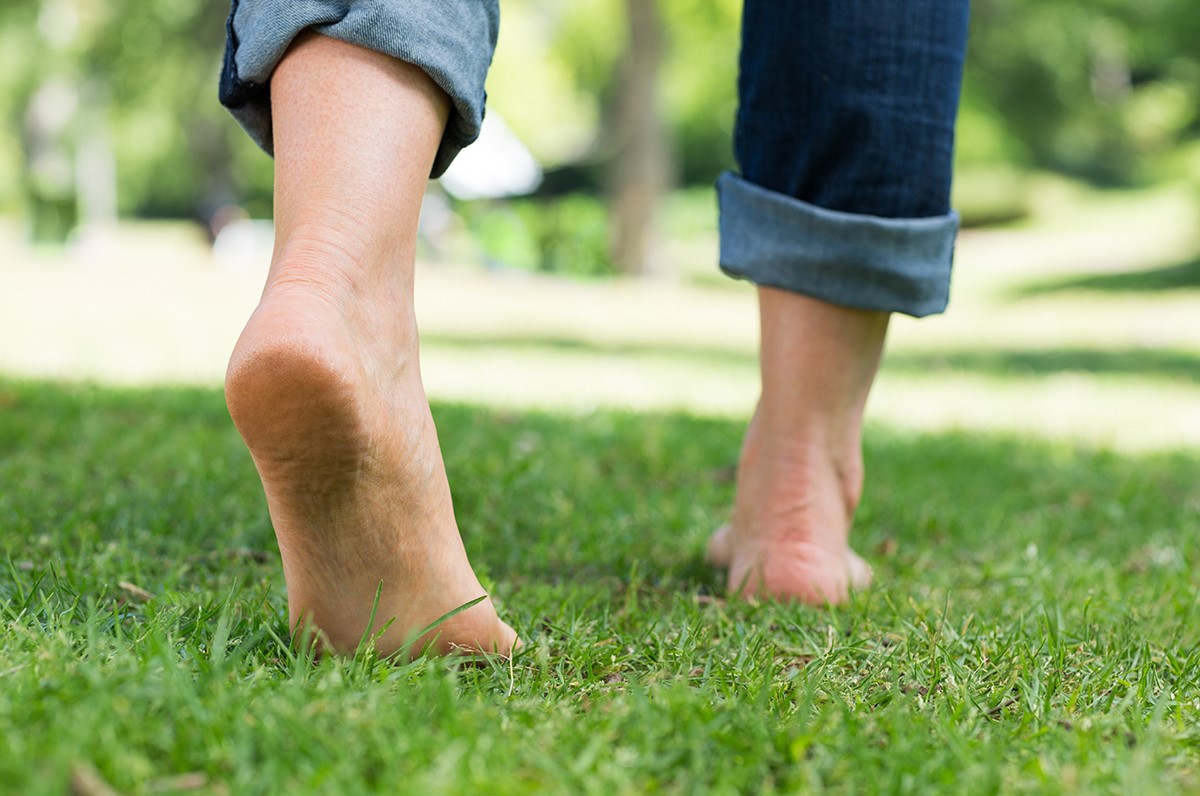
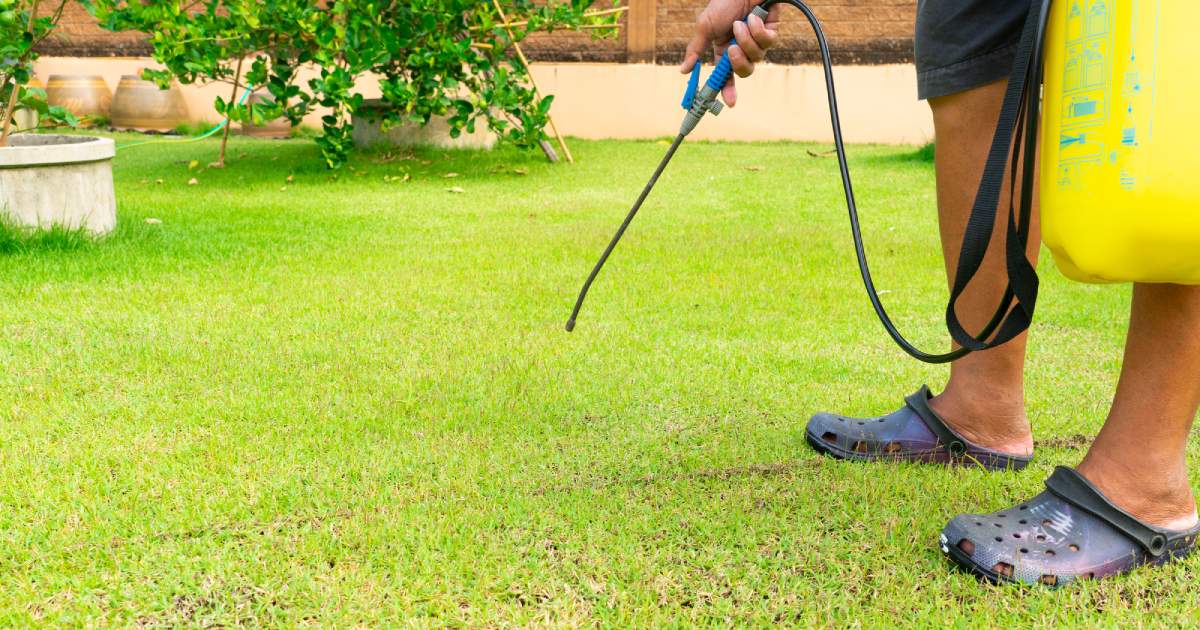
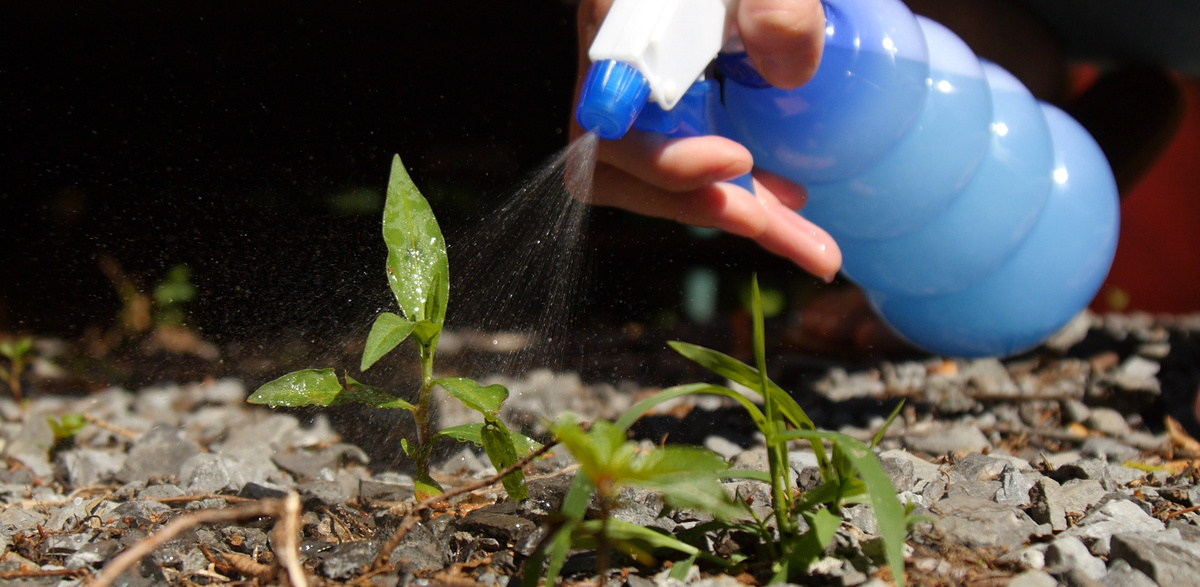
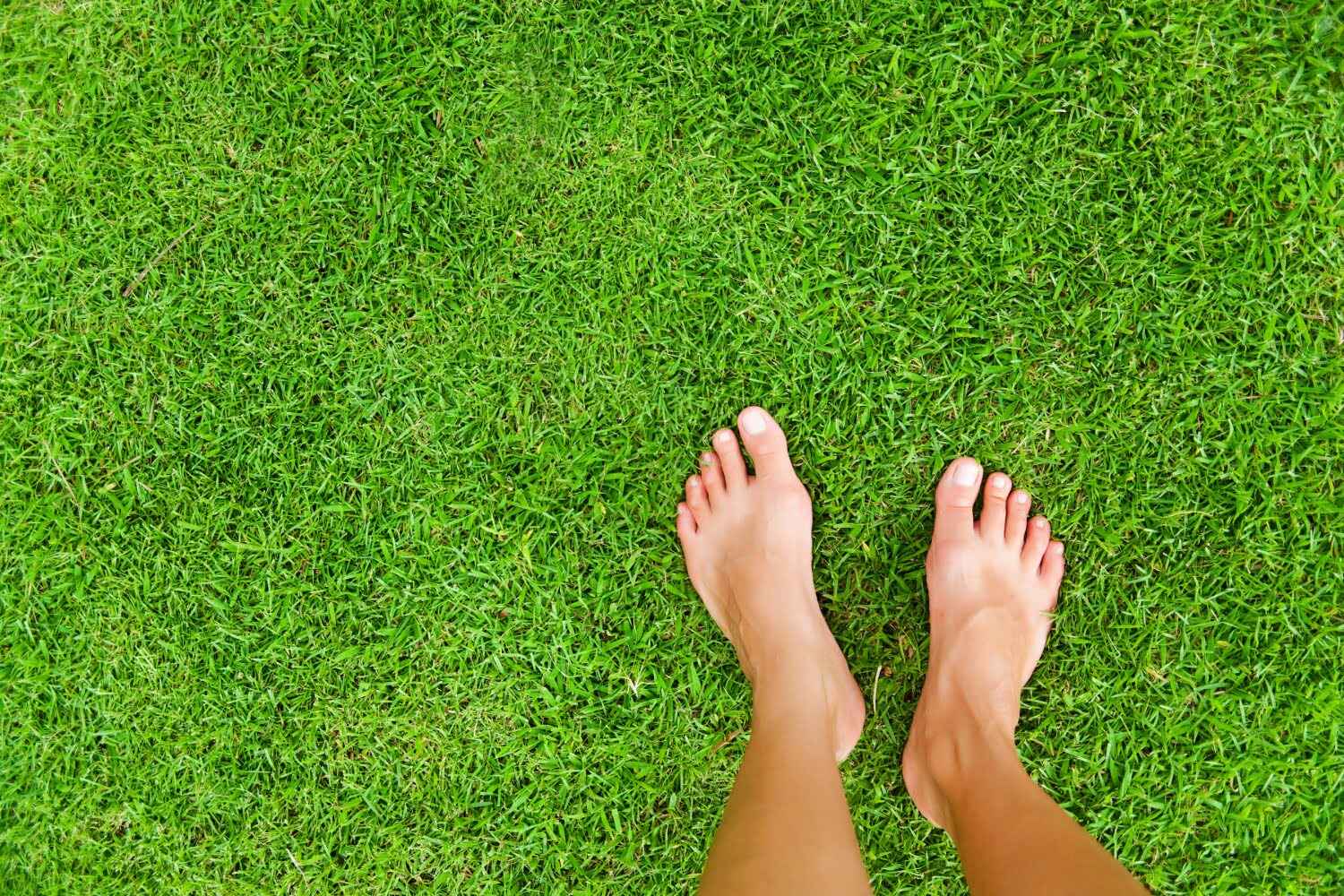
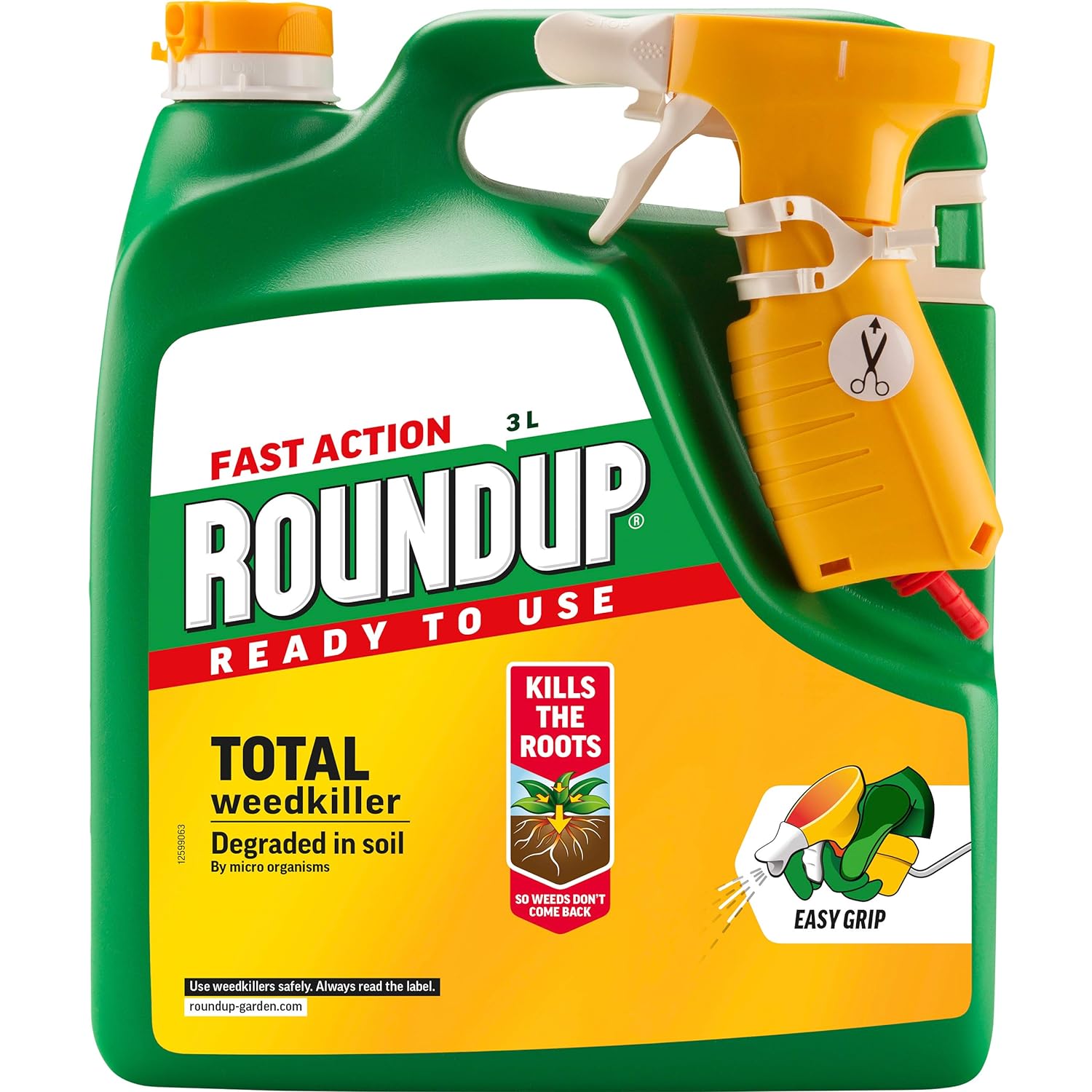
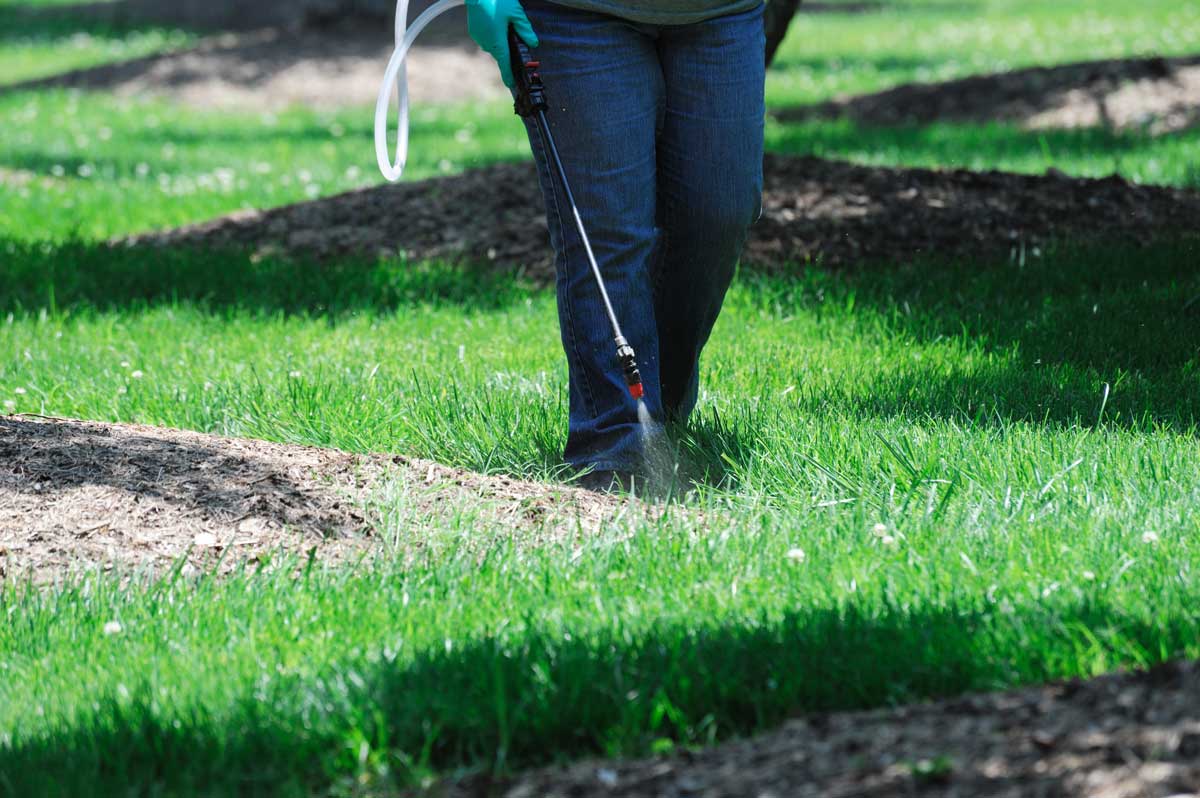
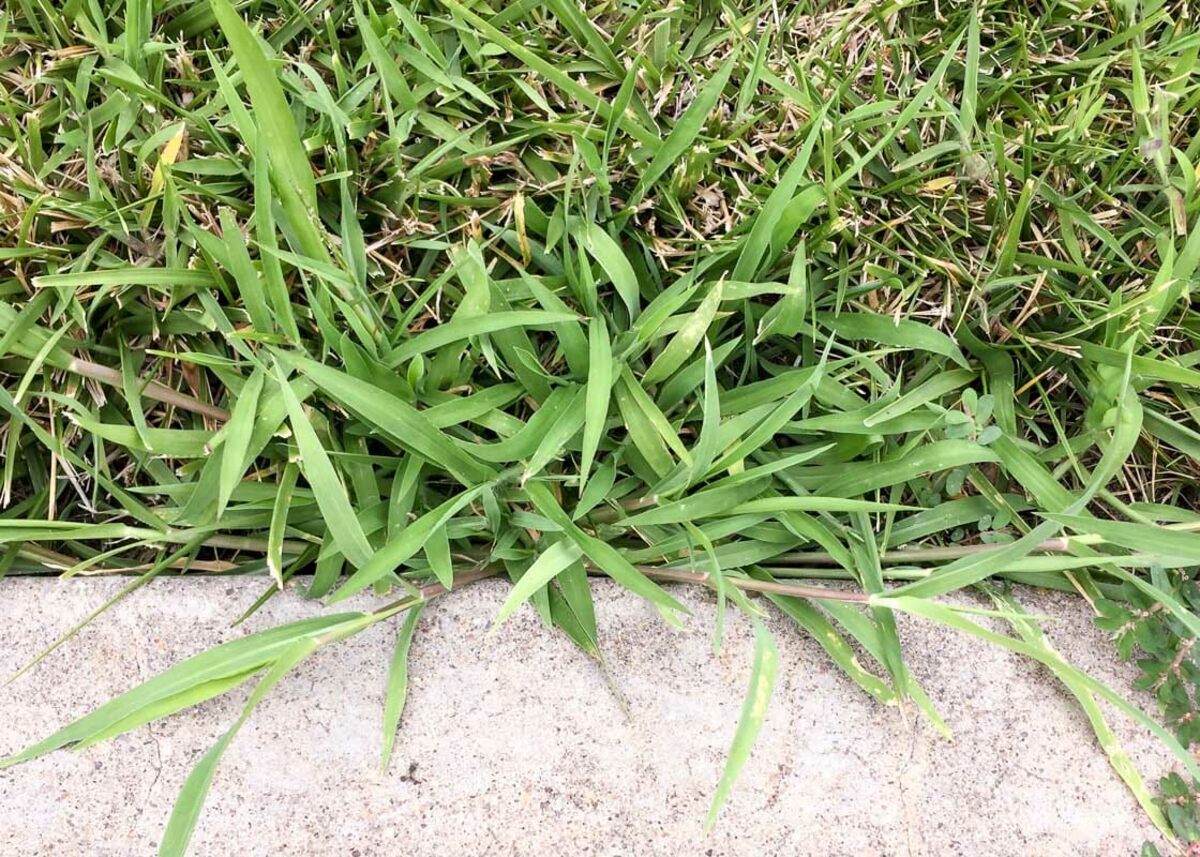
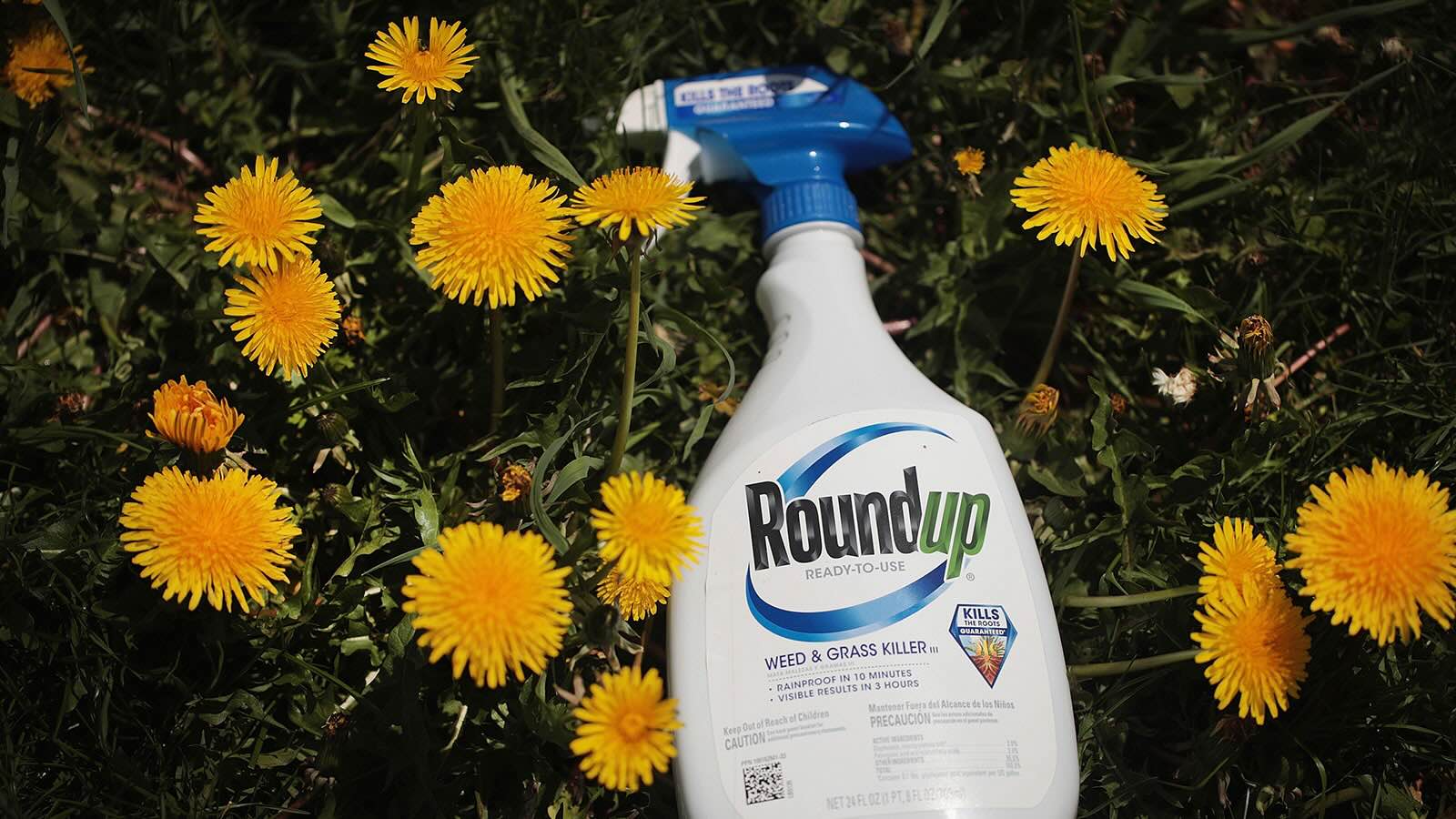
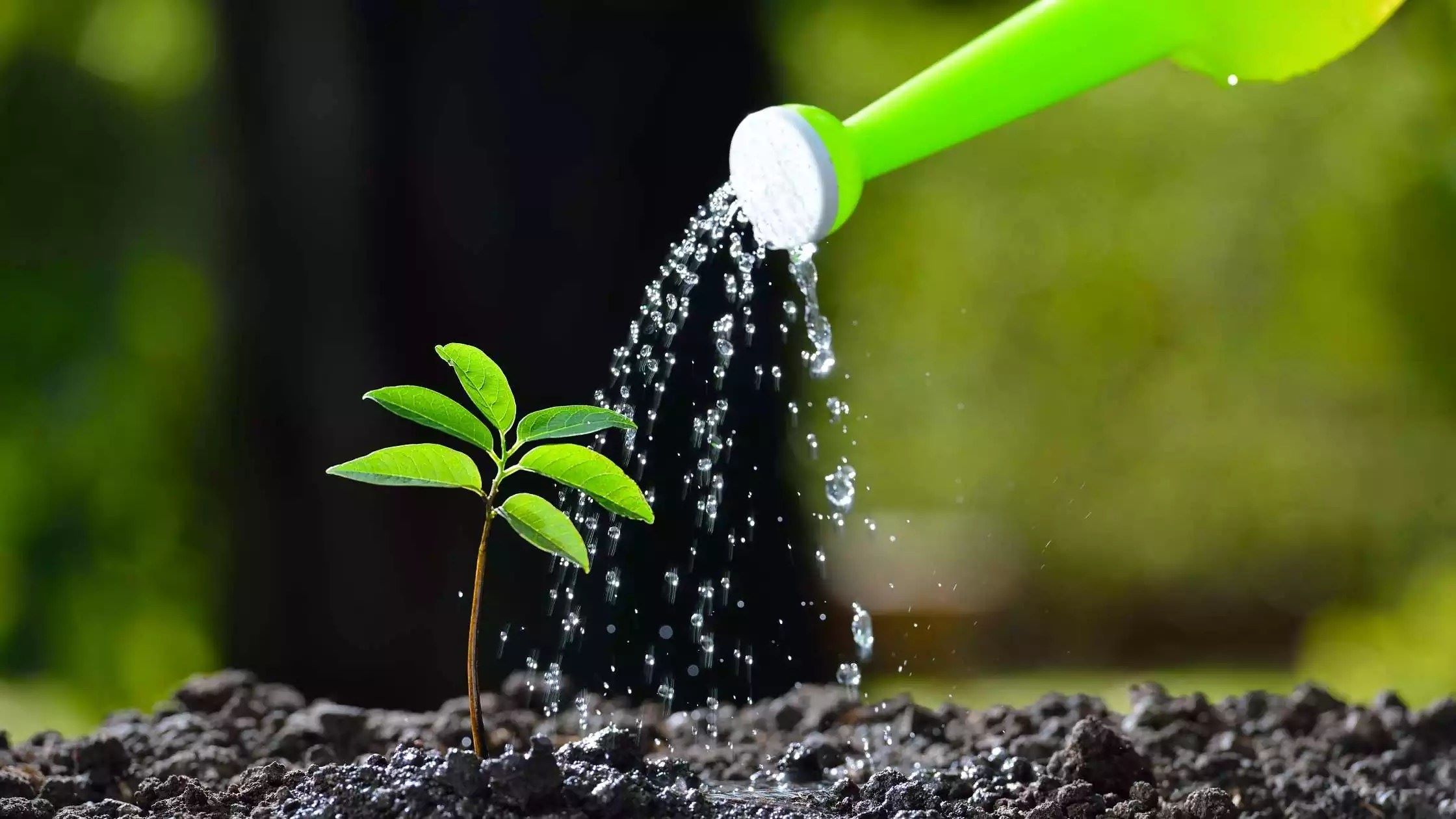
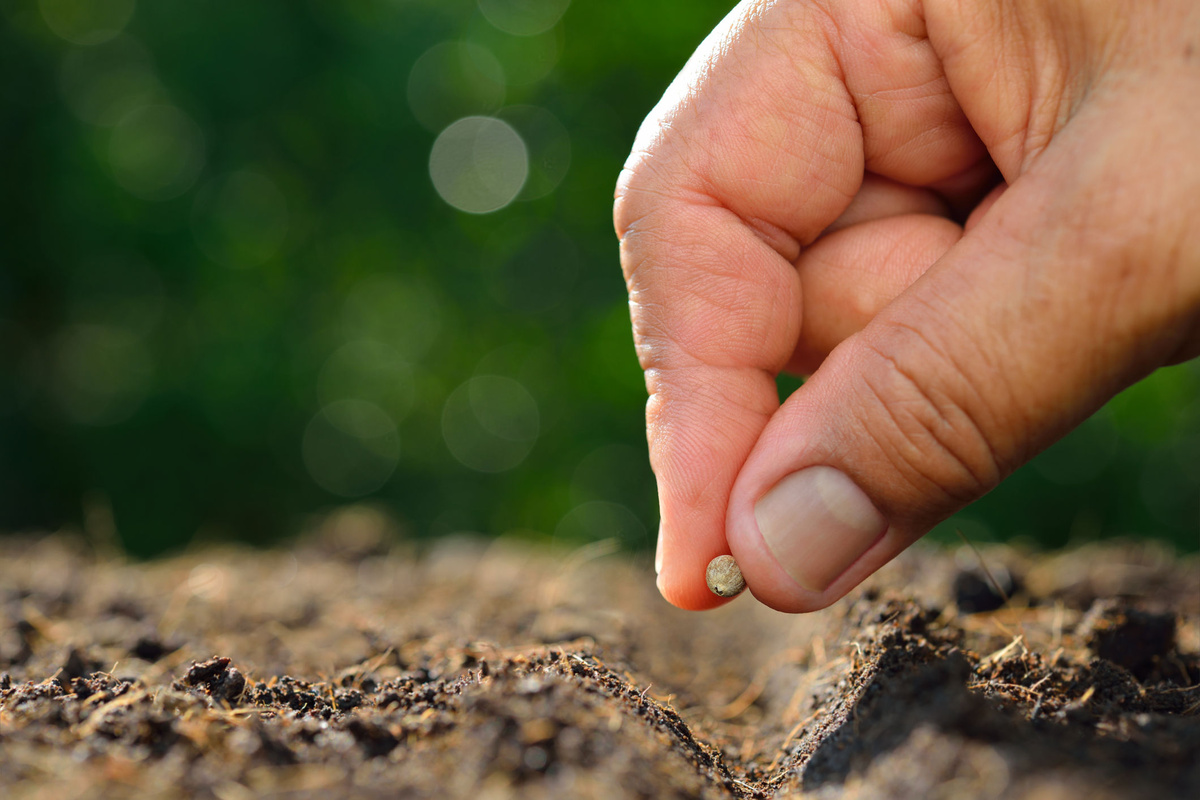
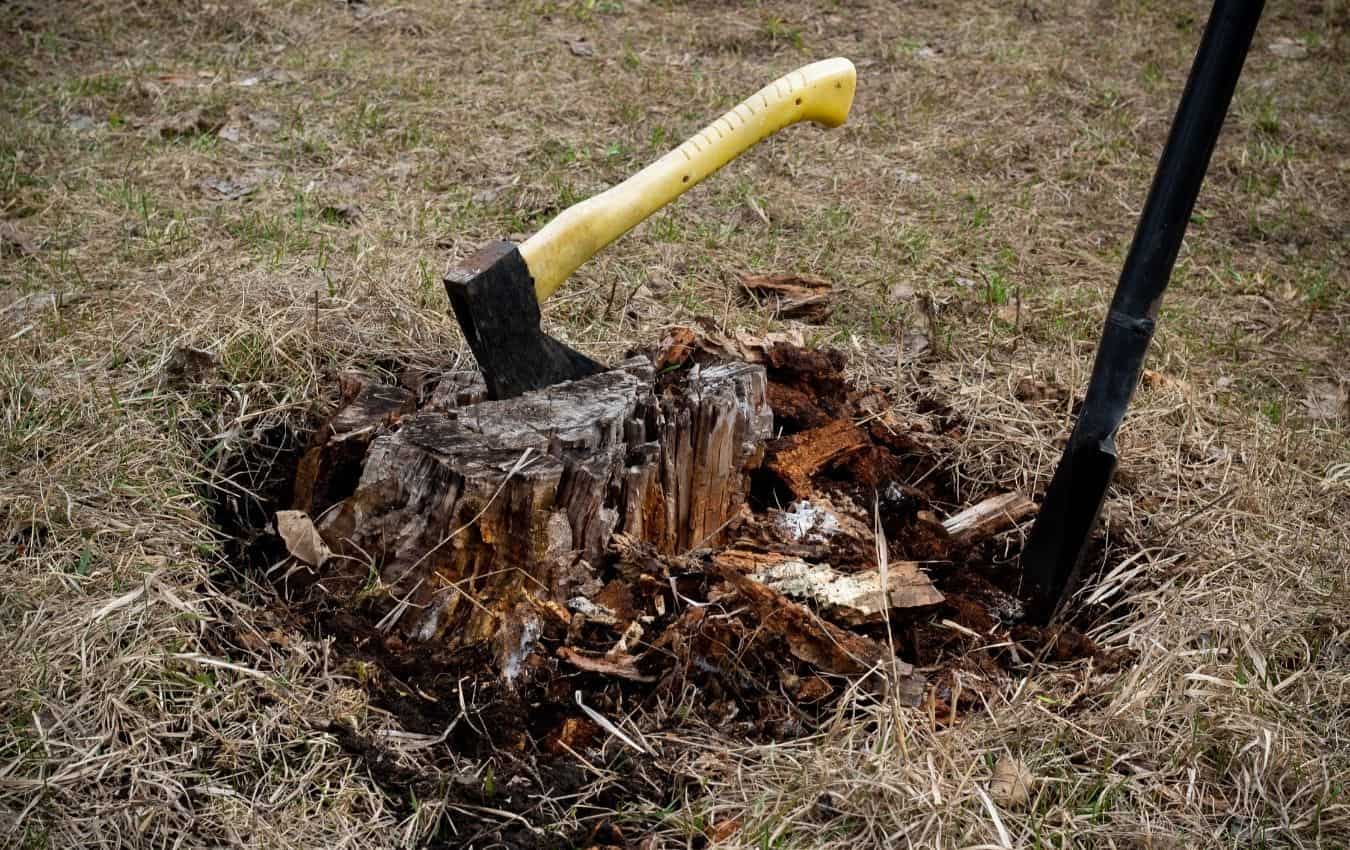

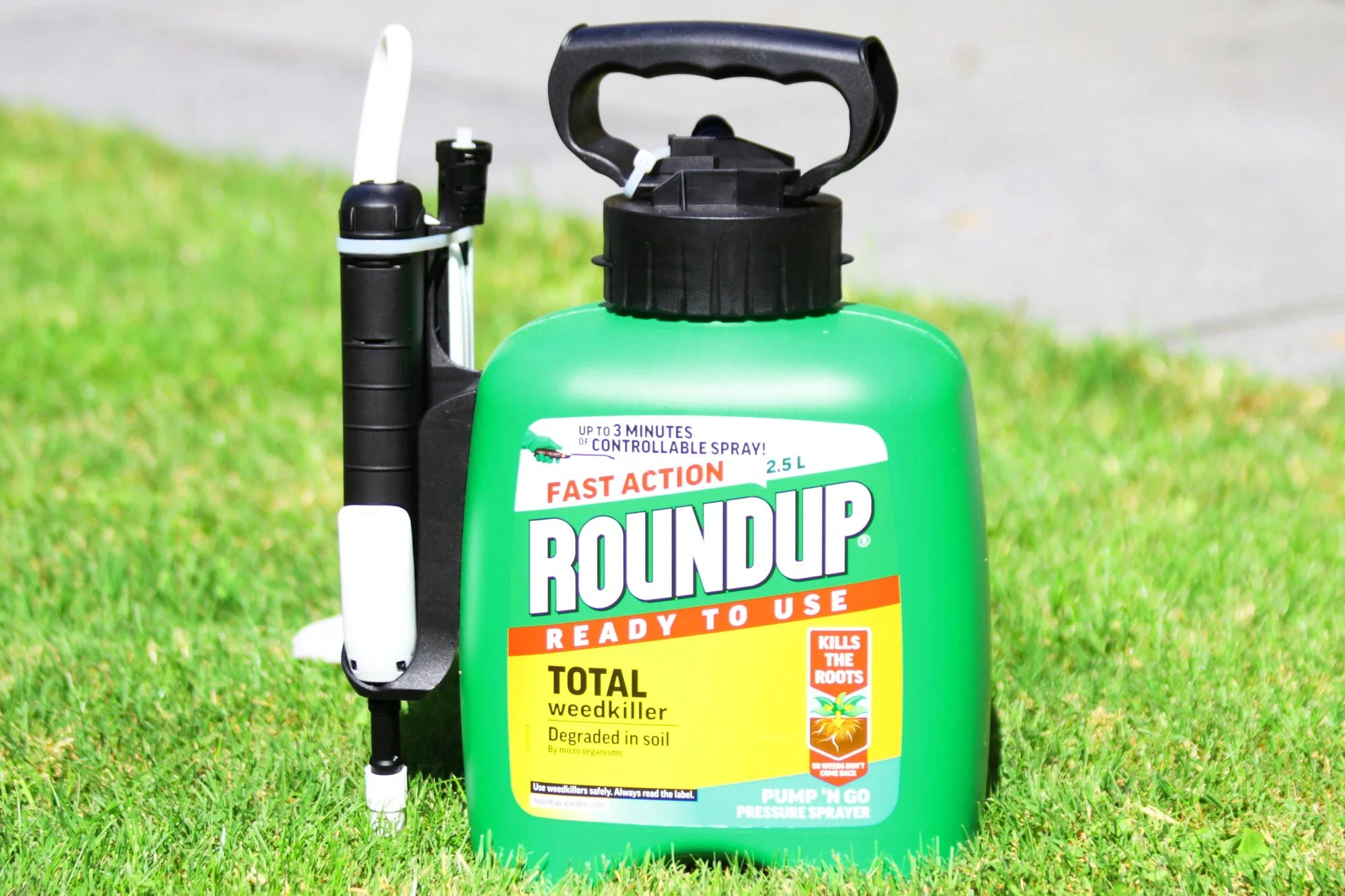
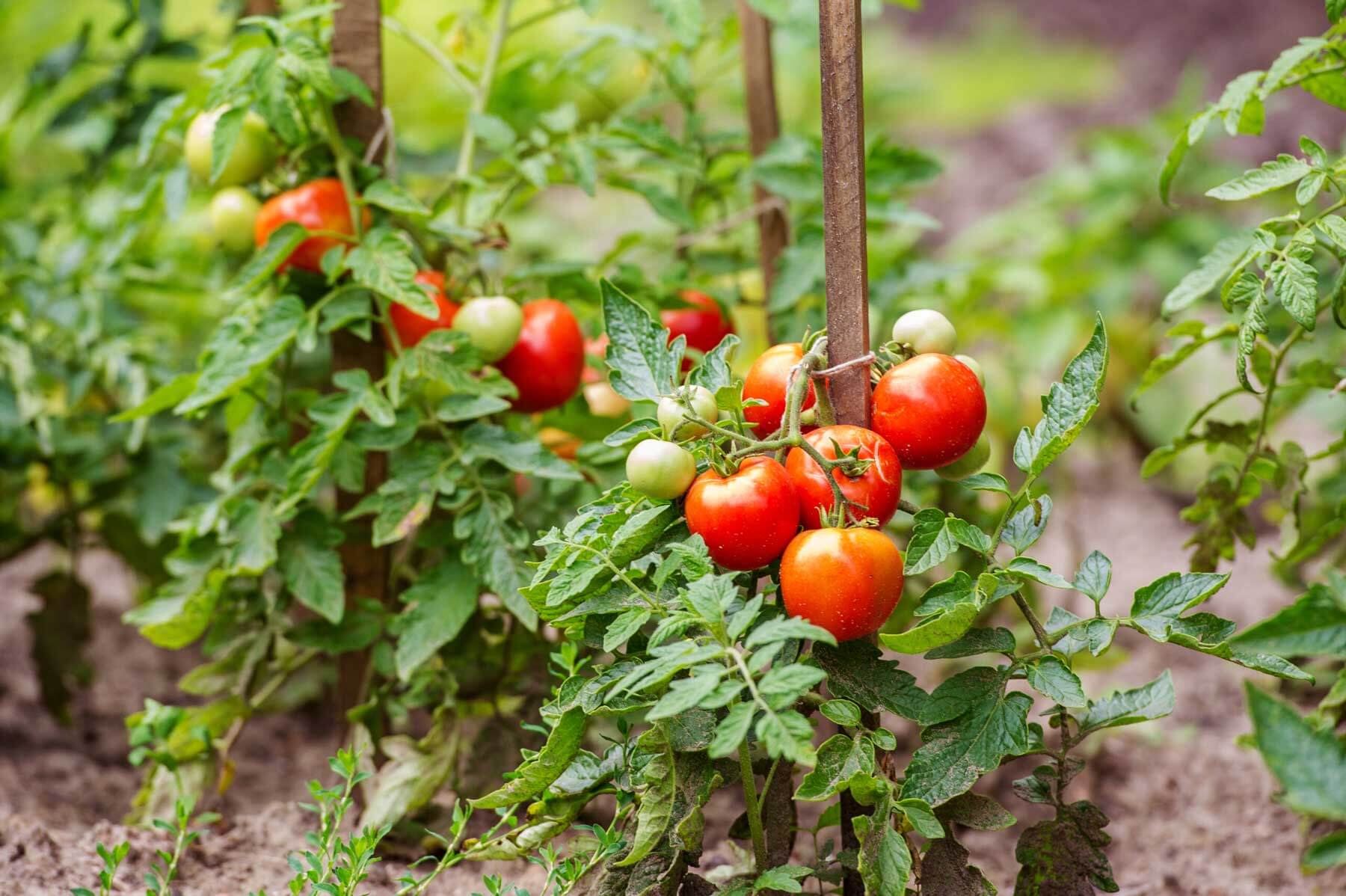

0 thoughts on “How Long After Applying Roundup To Plant Grass Seed”